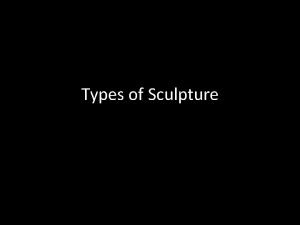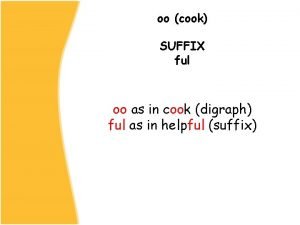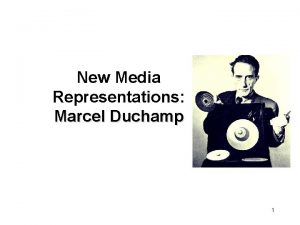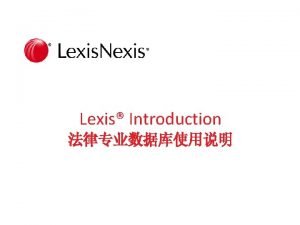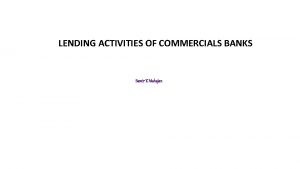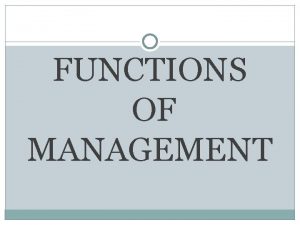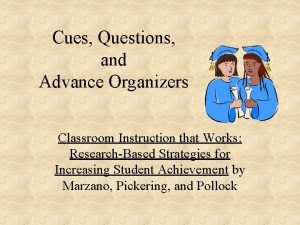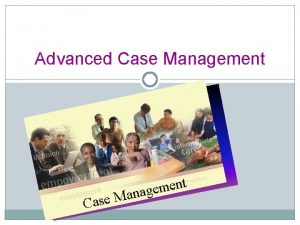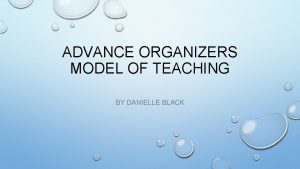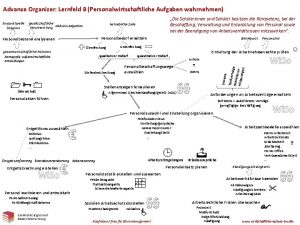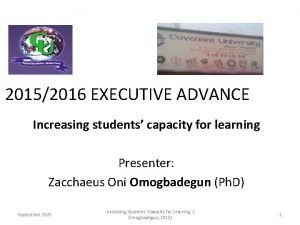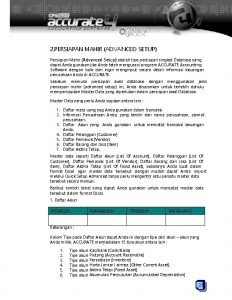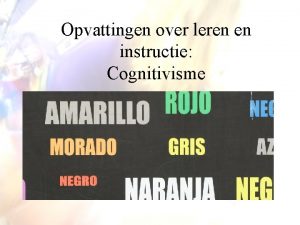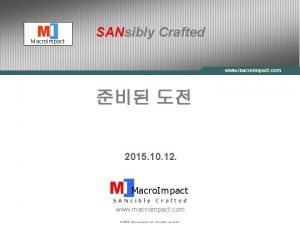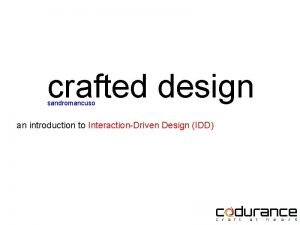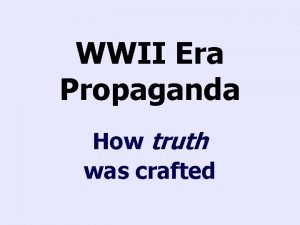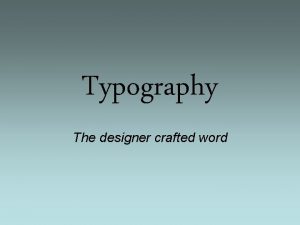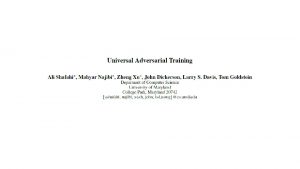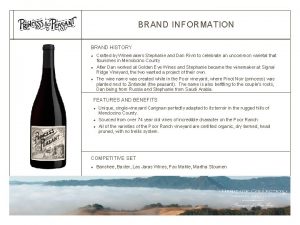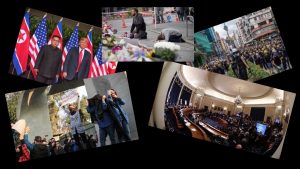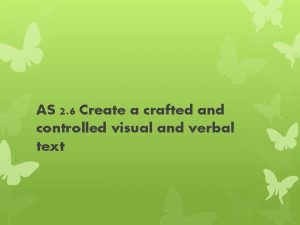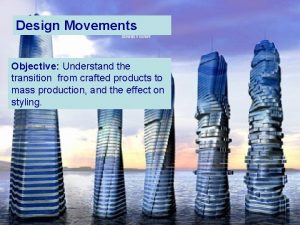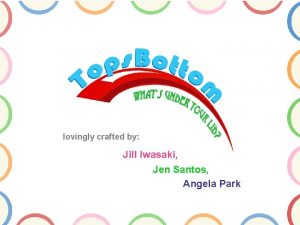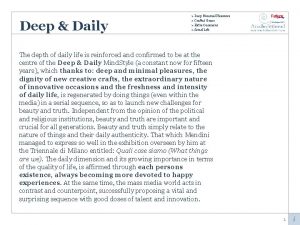Strategic Communication Communication crafted to advance a policy

































- Slides: 33

“Strategic Communication” Communication crafted to advance a policy agenda There is no “communications plan” without a “plan” – Frank Gilliam

We cannot just explain inequality is wrong. 2

Modes of Conversation Confrontational or Angry Transformational Bridging and Reconciling

Transformational Conversations • Finding “values-based” entry points - seeking to change the terrain upon which the conversation happens • Building common ground and receptivity • Promoting understanding of alternatives • Seeking to keep the conversation going – not “winning” an argument or shutting down • Hopeful – focused on finding shared solutions


History teaches us a valuable lesson – public investments reap returns by providing the foundations for a strong economy. Every state, as well as every one of the United States peer nations, requires public investment for a thriving business sector, educating citizens, preparing the workforce, and remaining competitive in a global economy. We have much to learn from this history of prosperity, but we must also acknowledge it was not shared by everyone, nor did we maintain the foundation to make it last. People of color, historically denied access to opportunities, were excluded from most economic gains, increasing racial and social inequality.

Identifying Up “Most Americans strongly believe in working hard and moving up the ladder of success. They "identify up" with people more rich, famous, and lucky than they, rather than “identifying down" with people more poor, obscure, and unlucky. ” 12/3/2010 The Chauffeur's Dilemma http: //motherjones. com/print/12442 2/5

Anat Shenker Osorio 8

Inequality is a Barrier -- Anat Shenker-Osorio 9

Inequality is a Barrier, not a Gap • • Implies all people are equally capable and deserving. Barriers are “man-made” – suggests structural, deliberate causes You can break down barriers -- suggests role for audience Tangible and part of lived experience. 10

Excessive Inequality leads to Instability Inequality as Vertigo “An economy that has gotten off-kilter” • “ Economic system that can be externally swayed or put off its axis • We’ve all lost our balance 11


Parallel Challenges A Role for Government: The Role of Race: • Disparities are caused by • Individual culture/behavior character/luck determines outcomes • Disparities are natural and/or inevitable • A natural economy • Everyone competes • Us versus Them for their own interests • Dependency on government creates • Not government’s inequities. . . role to guarantee equal outcomes

Frame. Works Institute: Race Research • What are the pictures in the public’s mind when it comes to race? • What can be done to redirect these pictures in ways that support different policies?

Dominant Race Frames • Historical Progress and Personal Racism • Self Making Person • Separate Fates

Frank Gilliam, Summary of findings • Order matters • It is not whether you can talk about race; it is how you talk about it and to whom • Explicit racial cues drive down white support for a race policy agenda

What Can be Done Why it Matters What Can be Done What’s Wrong


Give Structure to the Problem Systemic -- not Individual -- Causes and Effects “Ultimately, inequality is about our society, not individuals. It needs to be seen as a structural problem: a matter of public policy, not just personal behavior. ” From: Provoking Thought, Changing Talk: Putting it into Practice Lori Dorfman, Dr. P. H. , Berkeley Media Studies Group & Lawrence Wallack, Dr. P. H. , College of Urban & Public Affairs, Portland State University 19

Frameworks Research • Solutions first • Opportunity for all • Imbue with systems thinking, structuralize disparities.

Separate Fates

Don’t Othe rize


The Circle of Concern

Expanding the Circle of Concern • Don’t “otherize” • Use language that calls out commonality and humanity • Make the case for “targeted universalism” • A focus on universal benefit with targeted efforts that recognize and remedy inequities • may require different strategies in different communities/audiences


“Winning in the long term, though, requires getting people to think of the "other" as being inside their circles. That is entirely possible to do, as the abolition, civil rights, feminist, sexual liberation and many other movements have proven. But it takes a complement of cultural interventions alongside the political ones, advanced over five, 10, even 30 years. The cultural project has to establish the stories, images, and archetypes that prime a person to expand rather than shrink the circle of concern. That project requires us to deal with how race is lived in America, not just how it is legislated. How do we widen the circle of concern? Foster interdependence – a shared fate? ” - Rinku Sen, Applied Research Center

How do we start talking differently?

The central challenge for modern, diversifying societies is to create a new, broader sense of “we. ” - Robert Putnam

Places not Faces

Remember. . . • Lead with a story about community and shared values • Expand the “circle of concern” • Remove “barriers” to improve equity • Focus on practical solutions

“We are all caught up in an inescapable network of mutuality, tied in a single garment of destiny. Whatever effects one directly effects all indirectly. ” - The Rev. Dr. Martin Luther King, Jr.

33
 Strategic fit vs strategic intent
Strategic fit vs strategic intent Strategic substitutes example
Strategic substitutes example Strategic management and strategic competitiveness
Strategic management and strategic competitiveness Tows matrix
Tows matrix Proxy advance most
Proxy advance most Types of sculpture
Types of sculpture катетер export advance
катетер export advance Advance science
Advance science What are the types of advance directives
What are the types of advance directives Suffix wood
Suffix wood Enduring understanding definition
Enduring understanding definition Nature advance online publication
Nature advance online publication Skimming advance organizer
Skimming advance organizer Lexis diligence review
Lexis diligence review Difference between loan and advance
Difference between loan and advance Deciding in advance
Deciding in advance Cues questions and advance organizers
Cues questions and advance organizers Advance organizers examples
Advance organizers examples Advance case management
Advance case management Thin cap rules
Thin cap rules Model advance organizer
Model advance organizer Advance organizer
Advance organizer Limitations of advance directives
Limitations of advance directives What are the types of advance directives
What are the types of advance directives Advance care directive form tasmania
Advance care directive form tasmania Abb lake mary
Abb lake mary Lesson 2 axis powers advance
Lesson 2 axis powers advance Thank you god in advance
Thank you god in advance Perbedaan persiapan standar dan persiapan mahir
Perbedaan persiapan standar dan persiapan mahir Merchant cash advance direct mail
Merchant cash advance direct mail Expository advance organizers examples
Expository advance organizers examples Trigene advance wipes
Trigene advance wipes Advance directives
Advance directives Fau fafsa
Fau fafsa





